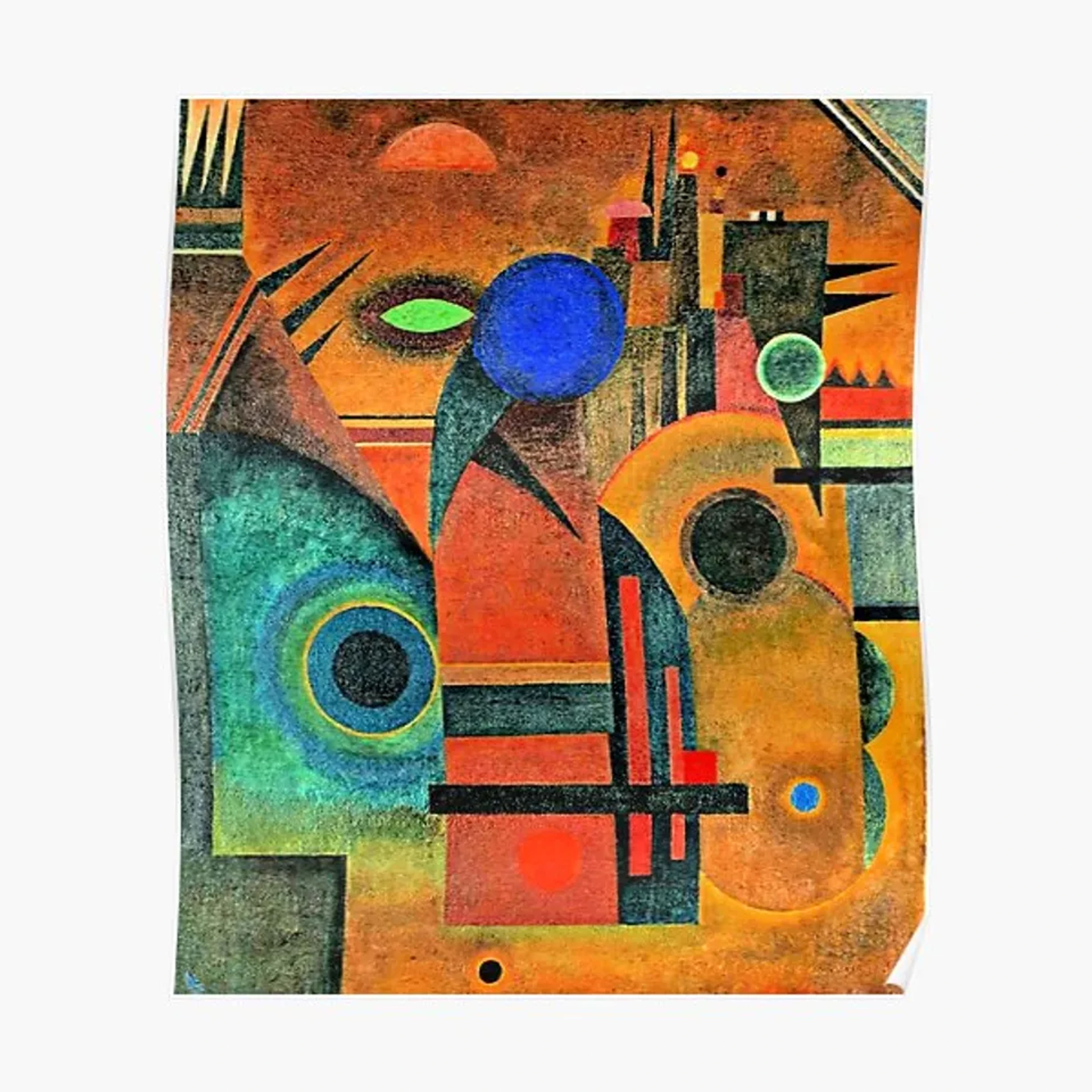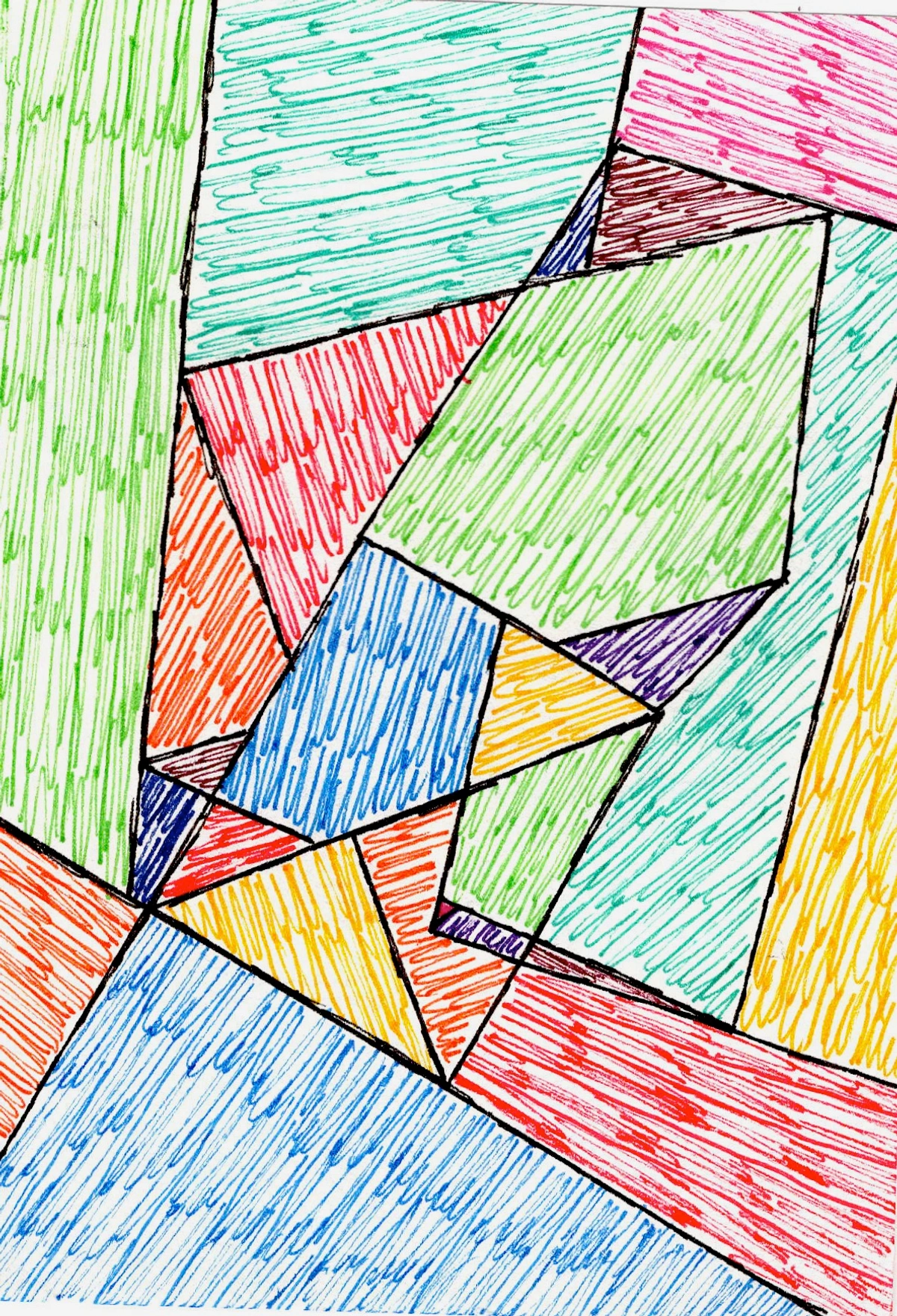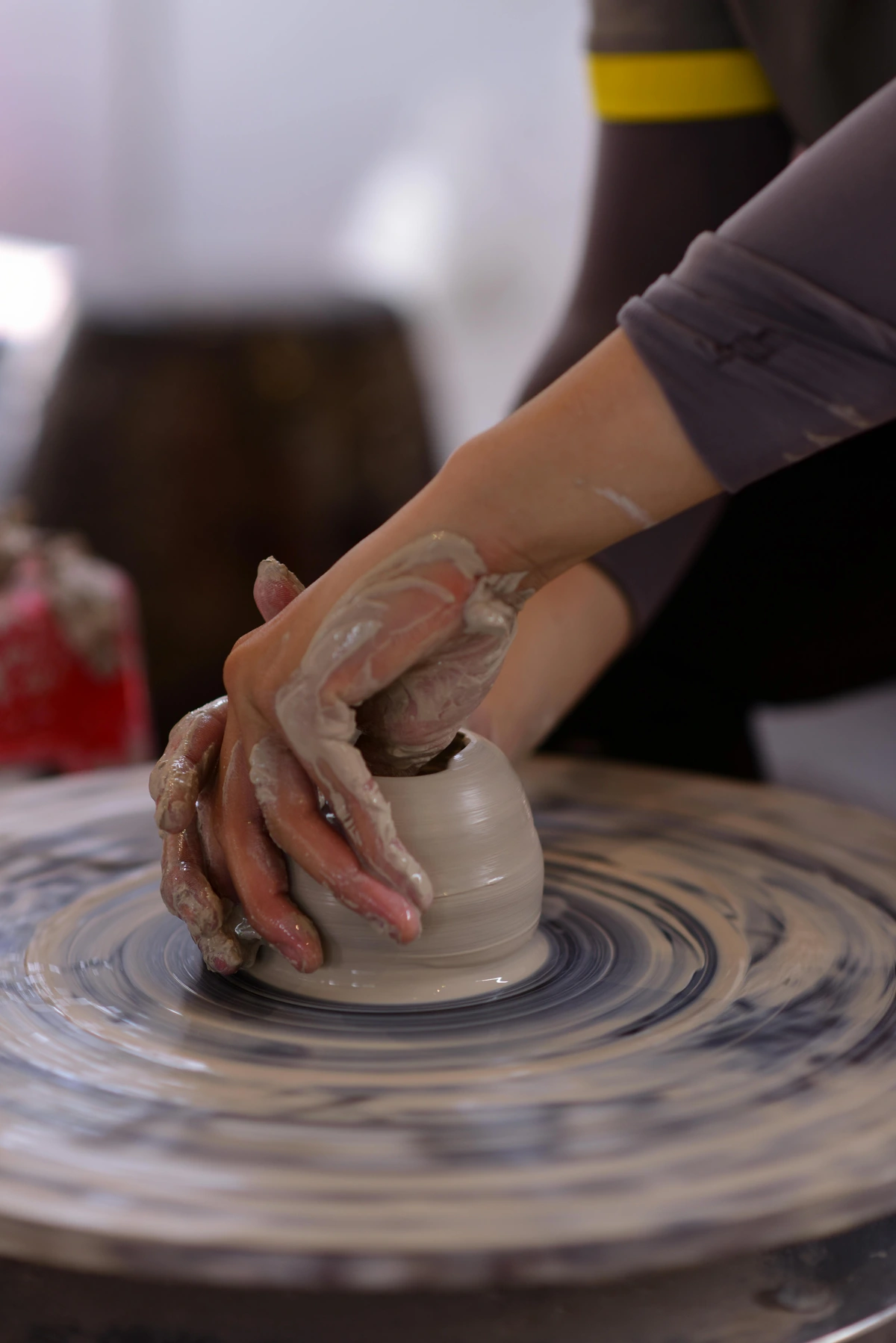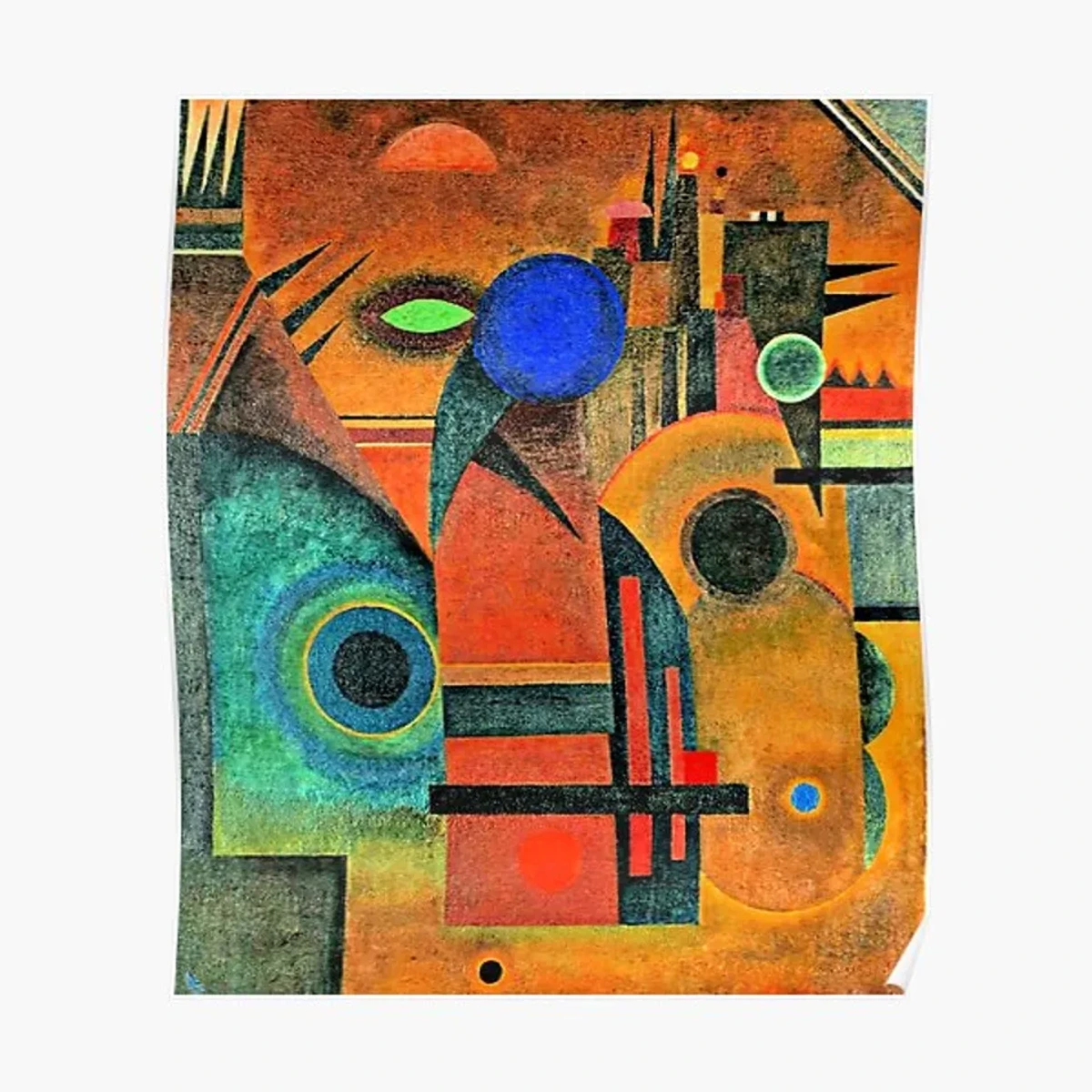
Marrakesh's Artistic Soul: A Deep Dive into Moroccan Creativity
Uncover Marrakesh's art scene, from divine traditional crafts and intricate zellige to dynamic contemporary art. Explore its unique blend of heritage and modern expression through my personal journey.
Marrakesh's Artistic Soul: A Deep Dive into Moroccan Creativity
I remember my first visit to Marrakesh, years ago. I thought I knew what to expect: the sensory overload of the Jemaa el-Fnaa, the labyrinthine souks, the constant buzz – a buzz that, frankly, could rival a beehive after a triple espresso. The scent of mint tea mingled with spices and leather, a heady perfume unique to this city. And while all of that is undeniably true and utterly captivating, I also remember feeling a subtle longing for something more. I was looking for the deeper pulse, the artistic current that I knew had to exist beneath the surface, shaping everything from the dyes in a textile to the patterns on a tile. You know that feeling when a place is beautiful, but you just know there's a hidden layer, a secret conversation happening? That’s Marrakesh’s art scene for me. It's about pulling back the layers of vibrant chaos and ancient mystique to truly understand what makes this city's creative spirit tick. So, join me as we journey through the city's profound artistic heritage, its vibrant contemporary pulse, and uncover the unique stories woven into its very fabric, exploring both its ancient crafts and its emerging modern voice.

Zen Museum, https://www.zenmuseum.com/
The Enduring Heartbeat: Traditional Moroccan Crafts
Where does the true artistic soul of Marrakesh begin? Forget, for a moment, the glossy galleries (we'll get to those, I promise). The real artistic heart of Marrakesh, the one that beats strongest and longest, is found in its traditional crafts. It’s in the hands of the artisans who've inherited techniques passed down through generations, often without even thinking of themselves as 'artists' in the modern sense. To them, it's their craft, their livelihood, their heritage, imbued with a sense of baraka – a divine spiritual energy or blessing that elevates their meticulous work beyond mere production. Imagine a weaver, his fingers dancing across the loom, carefully selecting threads whose colors tell a story passed down through generations. The baraka is in the intent, the inherited knowledge, and the prayer for beauty and longevity woven into each thread; it's the unseen force that makes a simple object profoundly sacred and meaningful.
And it truly is art. The intricate patterns on a leather pouf, the vibrant hues of a hand-woven Berber rug, the delicate metalwork, the mosaics that seem to dance in the sunlight—it's all intentional, skilled, and deeply expressive. I’ve spent hours just watching a potter shape clay or a weaver manipulate threads, mesmerized by the almost meditative rhythm of their work, the soft whisper of thread against loom, or the rhythmic tap of a hammer on metal. This art form speaks volumes about the profound connection between tradition and aesthetics, and offers insights into understanding the symbolism of colors in different cultures. Think of the deep indigos of a traditional textile, symbolizing wisdom and protection, often seen in Tuareg veils, or the earthy reds in ceramics, representing vitality, prominent in pieces from the Rif mountains. Beyond these, consider the serene blue-greens in traditional Islamic manuscripts, often symbolizing knowledge and paradise, or the rich gold hues in royal embroidery, signifying wealth and prestige. Every shade tells a story, often echoing the rich tapestry of Berber culture, whose distinct motifs and vibrant color palettes are foundational to Moroccan artistry. Beyond rugs and pottery, you'll find the intricate embroidery of djellabas and caftans, the skilled carving of cedar wood in decorative panels and ornate doors, and the stunning silver jewelry, each piece a testament to centuries of inherited expertise and communal knowledge nurtured by artisan guilds. These guilds, dating back to medieval times, functioned as more than just trade associations; they were custodians of secret techniques, ensuring quality control, fostering apprenticeship, and providing social welfare for their members – a true testament to community-based art preservation.
Traditional Moroccan Crafts at a Glance
Craft Type | Key Characteristics | Common Symbolism/Use |
|---|---|---|
| Leatherwork | Poufs, bags, slippers with intricate patterns | Durability, often dyed with natural pigments, protection |
| Textiles | Berber rugs (hand-woven), blankets, scarves | Geometric motifs, tribal stories, protection (indigo) |
| Metalwork | Lanterns, trays, jewelry, intricate filigree | Light, prosperity, craftsmanship, spiritual protection |
| Pottery | Tagines, plates, decorative ceramics | Utility, storytelling, vitality (reds, ochres) |
| Wood Carving | Doors, furniture, mashrabiya screens | Nature, wisdom, privacy (mashrabiya) |
| Mosaics | Zellige tiles, fountains, wall panels | Divine harmony, infinity, geometric precision |
| Embroidery | Djellabas, caftans, cushions | Status, identity, protective patterns |
| Jewelry | Silver, amber, glass beads | Status, protection, tribal identity, blessings |

https://images.pexels.com/photos/31875680/pexels-photo-31875680/free-photo-of-close-up-of-hands-shaping-pottery-on-a-wheel.jpeg, https://creativecommons.org/public-domain/
A Living Canvas: The Medina's Architectural Artistry
And really, the entire Medina is a living gallery, an extension of the very craftsmanship we just discussed. Its walls and passageways are canvases in themselves, embodying the artistic soul of Marrakesh. Just wander. Get lost, it's the best advice anyone can give you (and believe me, I’ve taken it more times than I care to admit, usually resulting in unexpected discoveries like a tiny, sun-drenched courtyard where an old man was meticulously repairing a mosaic, or finding myself face-to-face with a particularly stubborn donkey). Every doorway, every alleyway, every fountain tells a story through its design. Beyond the vibrant souks and bustling squares, you'll find the quiet poetry of zellige tilework, where tiny hand-cut geometric pieces form breathtaking, complex patterns without a single visible seam. This ancient art, perfected over centuries, particularly during the Marinid and Saadian dynasties, adorns everything from humble fountains to grand palaces like the Bahia Palace. These periods saw an explosion of artistic patronage, with sultans commissioning elaborate designs that reflected both religious devotion and earthly splendor, creating an illusion of infinite repetition and divine harmony. You’ll see classic patterns like the eight-point star (khatem) symbolizing balance and peace, intricate rosettes, and often Kufic script, which itself becomes a geometric motif. The creation of each zellige panel is a labor of intense precision, involving master craftsmen who meticulously chip individual enamel-covered terracotta tiles ('tesserae') into precise geometric shapes – stars, crosses, squares – which are then carefully laid face-down on the floor, forming the pattern in reverse, before being set in mortar. It's an almost spiritual patience.
You'll also see the smooth, lustrous finish of tadelakt plaster, a waterproof lime plaster traditionally used in palaces and hammams, whose subtle undulations catch the light in a way that feels utterly alive. Historically, tadelakt was valued not just for its beauty but for its durability and natural breathability, a testament to sustainable craftsmanship that dates back millennia and reached its zenith under royal patronage. This luminous, waterproof plaster is crafted by applying layers of a lime-based mixture, often tinted with natural pigments, then buffed and compressed with river stones until it achieves its characteristic smooth, slightly undulating, and highly durable finish. The process truly makes each surface a unique, touchable piece of art.
The geometric patterns that adorn so many surfaces aren't just decorative; they're often complex mathematical expressions of beauty and infinity, deeply rooted in Islamic art traditions, almost like a visual prayer to the infinite. It’s a profound thing to realize, isn't it? While rushing through the bustling streets of Marrakesh, focused on getting from point A to point B, I was often missing these silent, intricate conversations happening on every wall and doorway. It's a subtle reminder to keep my eyes open, always, and embrace the artistic journey itself. Another often-overlooked art form is the intricate woodwork you see on doors and the delicate lattice screens of mashrabiya, which offer both privacy and ventilation, crafted with remarkable precision, echoing the same commitment to both function and beauty. Often crafted from intricate cedarwood, these screens filter light, maintain cool interiors, and allow inhabitants to observe the outside world unseen, a beautiful blend of privacy, climate control, and aesthetic grace. And don't forget the riads themselves—these traditional Moroccan houses or palaces built around an internal courtyard are living canvases, with every arch, column, and garden a testament to integrated architectural artistry, often featuring a symphony of zellige, tadelakt, and carved cedar.
Marrakesh's Modern Pulse: Contemporary Art Emerges
But what happens when this ancient soul meets the contemporary world? If you're like me, you also crave the new, the unexpected. And Marrakesh delivers. While it might not immediately spring to mind when you list art capitals of the world, this city is quietly cultivating a dynamic contemporary art scene that's truly exciting. It’s fascinating how the city's rich history and traditional foundations pave the way for its modern evolution. The transition isn't a clash, but more like a conversation, where the echoes of tradition provide a deep resonance for cutting-edge expression. I've seen spaces dedicated to emerging Moroccan artists alongside international works, often in beautifully restored riads or purpose-built galleries that are art installations in themselves.
It’s a fascinating blend: traditional architecture housing cutting-edge expression. You walk from the bustling streets into a serene courtyard gallery, and it’s like stepping into another dimension. The pieces often grapple with profound themes of identity, modernity, tradition, and global dialogue, reflecting Morocco's unique position at the crossroads of Africa, Europe, and the Middle East. It’s where old stories meet new narratives, often with a vibrant splash of color. Artists here are not just creating; they're conversing with history, questioning the present, and envisioning the future through their canvases, sculptures, and installations. This isn't a break from the past; it’s a deep conversation with it. Artists often draw inspiration from the geometric precision of Almohad patterns, the calligraphic elegance of Marinid art, or the vibrant narratives of Berber textiles, deconstructing and reassembling them to comment on contemporary issues. The Maison de la Photographie and the MACMA (Musée d'Art Contemporain Africain Al Maaden) are prime examples of institutions that champion this modern dialogue, bringing together diverse voices and showcasing the evolving artistic landscape.
This new wave of Moroccan artists is constantly reimagining tradition. They're not just replicating traditional motifs; they're dissecting them, reinterpreting them, using them as a springboard for entirely new forms of expression, often influenced by global art movements but with a distinctly Moroccan lens. You might encounter an artist like Hassan Hajjaj, known for his vibrant pop-art infused portraits and playful use of Moroccan cultural symbols that challenge stereotypes and celebrate everyday life. Or the more abstract, contemplative works of someone like Farid Belkahia, whose exploration of natural materials and traditional forms with a modern sensibility continues to inspire. Keep an eye out for artists like Laila Essaydi, whose photographic work often explores identity through richly staged Moroccan scenes, reclaiming Orientalist narratives with stunning, opulent imagery. Or Mahi Binebine, renowned for his expressive, often sculptural paintings that delve into the human condition, particularly themes of migration, memory, and suffering, with raw emotional power.
Spotlight on Contemporary Moroccan Artists
Artist | Primary Focus/Style | Notable Themes |
|---|---|---|
| Hassan Hajjaj | Pop art, photography, vibrant portraits, Moroccan cultural symbols | Identity, consumerism, challenging stereotypes, everyday life celebration |
| Farid Belkahia | Abstract, natural materials (leather, pigments), traditional forms | Modern sensibility, spiritual connection, heritage preservation |
| Laila Essaydi | Photography, staged Moroccan scenes, opulent imagery | Identity, female narratives, reclaiming Orientalist gazes |
| Mahi Binebine | Expressive painting, sculpture, raw emotional power | Human condition, migration, memory, suffering, vulnerability |
And then there’s calligraphy – not just as a religious art form, but as a pure, expressive visual language. I've been fascinated by how contemporary Moroccan artists are pushing the boundaries of traditional Arabic script, transforming it from a legible text into abstract gestures and dynamic compositions, much like a dancer interprets music through movement. It's a powerful reminder that every line, every stroke, can hold both ancient wisdom and modern meaning. You might see calligraphy transformed into abstract strokes, its literal meaning giving way to pure form and gesture, but also appreciate its historical elegance as a cornerstone of Islamic decorative and religious art, where intricate script itself becomes a visual masterpiece. Or traditional patterns deconstructed and reformed in a way that feels utterly fresh and unexpected. Imagine the intricate geometric designs of a zellige tile shattered and reassembled into a dynamic, multi-layered painting—this echoes the fragmented, layered approach I often take in my own abstract compositions, where I break down forms to build new narratives. The influence of these traditional geometric patterns isn't limited to physical art; I’ve also seen how it inspires contemporary digital art and graphic design emerging from Marrakesh, blending ancient precision with modern technology.
It reminds me a bit of my own artistic journey, how we often start by learning the rules only to then figure out how to elegantly break them, finding our own voice in the process. It's a powerful statement about identity and evolution, and it’s inspiring to witness these artists forge a path that is distinctly Moroccan yet universally resonant.
Curating Your Own Marrakesh Art Adventure: Tips from a Fellow Explorer
Ready to step off the well-trodden path and uncover Marrakesh's artistic treasures for yourself? This is where my personal odyssey truly began, moving from just seeing Marrakesh to feeling its art, and it's something I think every art lover should experience. Here are a few things I've learned that might help you navigate, or better yet, get beautifully lost (and yes, I’ve had my fair share of those moments, usually ending with a fantastic cup of mint tea and a story about a goat, and if I’m honest, those are often the best discoveries). Sometimes, even when you're convinced you've mastered the art of navigation, Marrakesh will charmingly remind you that its alleyways have a mind of their own. Embrace it; sometimes, the biggest artistic revelations happen over a glass of mint tea, discussing the merits of goat vs. donkey as a travel companion with a local artisan.
- Embrace the Meander: Seriously, don't over-plan. Allow yourself to wander through the souks and the smaller alleyways. You'll stumble upon hidden workshops and galleries that aren't in any guidebook. That's where the magic happens, where you find a craftsman meticulously carving wood or a painter working in a sun-drenched courtyard.
- Talk to the Makers: If you see someone working, respectfully engage them. Ask about their process, their materials, their family's history with the craft. You’ll gain a much deeper appreciation for their work and maybe even hear a fantastic story. This is also how you often identify authentic pieces – by connecting with the creator and understanding the baraka inherent in their tradition.
- Seek Out Cultural Centers and Foundations: Beyond the commercial galleries, look for cultural foundations and institutions like the Dar Bellarj Foundation or the Maison de la Photographie. They often host exhibitions, workshops, and performances (including traditional music and storytelling) that offer a deeper insight into Moroccan art and culture, often with less commercial pressure.
- Consider a Guide for Specific Deep Dives: While I advocate for getting lost, if you have a particular interest (e.g., traditional ceramics or contemporary painting), a local art guide can provide invaluable access and context. Just make sure they're genuinely knowledgeable about the art scene, not just the general tourist traps.
- Look for the Story, Not Just the Souvenir: When buying, especially in the souks, always ask about the origin and the artisan. A piece with a story, even if it's a small, inexpensive craft, carries so much more meaning than a mass-produced item. This approach often leads you to genuine workshops and cooperatives. For high-quality, ethically sourced items, research cooperatives like the Ensemble Artisanal (a government-supported complex showcasing various crafts) or specific artist studios in areas like Gueliz and Sidi Ghanem before you go. Beyond the well-known Ensemble Artisanal, consider exploring the small, independent boutiques in the Mellah district for exquisite jewelry, or the newer design studios in the industrial quarter of Sidi Ghanem for modern interpretations of traditional crafts. The Ensemble Artisanal, for example, is excellent because it ensures fair prices for artisans and direct support for the preservation of their crafts, offering peace of mind along with beautiful pieces. Always be prepared to negotiate respectfully; it's part of the cultural exchange, after all! If you’re looking for unique, contemporary pieces that reflect a similar vibrant aesthetic to some of the art you might find on my art, don't hesitate to explore the newer galleries in Gueliz.
FAQ: Navigating Marrakesh's Art Scene
Q: Is Marrakesh considered a true "art capital"? A: I wouldn't call it a traditional "art capital" in the vein of Paris or New York, with their centuries of established modern art institutions and global markets. However, it absolutely is a burgeoning and uniquely compelling one, especially within Africa and the Middle East. Its deep-rooted artisan culture, bolstered by historical patronage from dynasties like the Saadians, provides an unparalleled foundation, while its geographical position as a gateway between continents continuously infuses it with diverse influences. It's like finding a new flavor you didn't know you needed, shaped by centuries of cultural exchange and artistic innovation. The Marrakesh Biennale, while not a permanent annual fixture, has, during its past editions, acted as a powerful catalyst, bringing global attention and fostering an exhilarating exchange between international and local artists, proving that Marrakesh truly punches above its weight on the global art stage. So, while it dances to a different drum, its rhythm is undeniably captivating and globally significant in its own right—it’s not trying to be a Paris, it's proudly being Marrakesh.
Q: Where can I buy authentic Moroccan art and crafts? A: For traditional crafts, the souks are your best bet, but be prepared to haggle! Look for items made in front of you or in small workshops. For more curated or high-end traditional pieces, seek out reputable craft cooperatives (like the Ensemble Artisanal) or specialized boutiques that highlight artisan work and ethical sourcing. For contemporary art, head to the modern galleries in areas like Gueliz and Sidi Ghanem, or cultural institutions that often have artist studios attached. Always try to buy directly from the artist or a trusted dealer when possible. It just feels better, you know, knowing the person behind the art and the story of its creation.
Q: Does Marrakesh have a performance art or music scene? A: Absolutely! While often overshadowed by its visual arts, Marrakesh has a rich tradition of music and performance. The Jemaa el-Fnaa square itself is a UNESCO-recognized oral heritage site, alive with storytellers, musicians (like the Gnaoua), and snake charmers. Beyond that, many cultural centers and riads host traditional music evenings, poetry readings, and even contemporary dance performances. It's another layer of the city's vibrant creative spirit, deeply intertwined with its visual culture and expressive heritage.
Q: How is art integrated into daily Moroccan life and public spaces beyond the Medina? A: Art isn't confined to galleries or even just the Medina's walls; it's woven into the very fabric of daily life. Beyond the grand architecture, you'll see everyday artistry in the vibrant clothing, the carefully arranged street food stalls, and the intricate henna designs. In public spaces outside the old city, contemporary sculptures and murals are increasingly appearing, often reflecting community narratives or celebrating Moroccan heritage. Even the local cafés and guesthouses often display a curated selection of local crafts or modern art, making creative expression an accessible and constant presence. You can almost feel the artistry in the air.
The Last Brushstroke: Why Marrakesh Stays with You
Marrakesh, for me, isn't just a city you visit; it's a living, breathing work of art that continually unfolds. It challenges your perceptions, delights your senses, and reminds you that beauty and creativity are woven into the very fabric of human existence. It's a place where ancient traditions aren't just preserved but are actively reimagined, creating a vibrant dialogue between the past, present, and future.
This journey through Marrakesh’s artistic landscape has profoundly influenced my own approach to art. The intense light, the vibrant palette, the rich textures – they resonate deeply with the colorful, often abstract work I create. For example, the way zellige tiles create complex, dynamic patterns from simple geometric shapes directly inspired a series of my own abstract paintings, which I titled 'Fragments of Marrakesh.' In these pieces, I literally broke down traditional geometric patterns, reinterpreting their intricate lines and vibrant color blocks to create a sense of movement and infinite depth, much like a shattered mosaic reassembled into a new harmony. This experience taught me patience, observation, and the beauty of looking beyond the obvious to find profound connections between disparate elements – much like discovering a hidden art gallery tucked away in a bustling souk. It’s not just about the grand museums, but about the everyday artistry that permeates the city. It’s about the quiet pride of a craftsman, the bold vision of a contemporary painter, and the ancient wisdom embedded in a mosaic. And honestly, isn't that what all good art tries to do? It certainly is for me, whether it's wandering the streets of a bustling city or contemplating a painting back home at my museum in Den Bosch. So, go ahead, let Marrakesh spark your own unfiltered artistic adventure – I promise, it's a journey that will stay with you long after you've left its vibrant souks.





